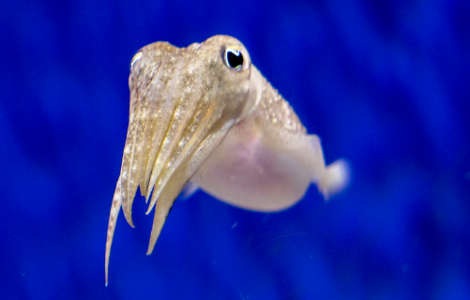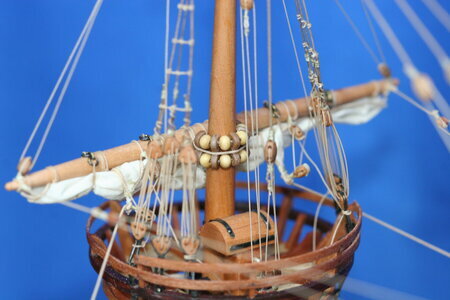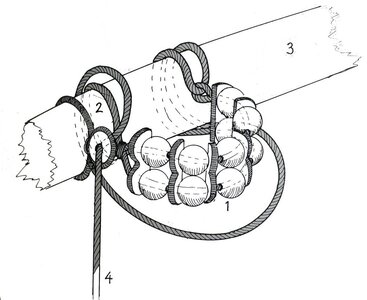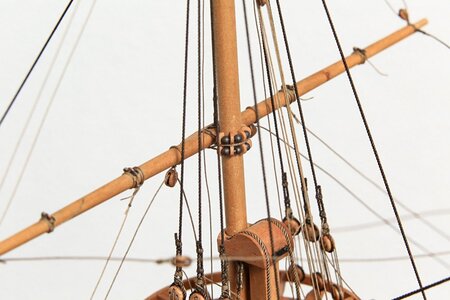Thanks for visiting Peter! I cannot tell you how many hours I
wasted researched how to tie parrels...

. The net result was more confusion than clarity. So much of what has been written fails to account for epoch and vessel origin. Everyone speaks with authority but the authorities disagree with one another. In the end I just made a decision and went with something I could visualize.
Here is how I did the small parrels (double row) relative to the yard:
View attachment 331216
And here is how Matt did his (and no, I am not comparing my work to Matt's, just saying his
style of parrel is what I was shooting for):
View attachment 331215
On the sprit topsail I ran the truss-tackle to the crosstree. I'll probably do something similar on the topgallants. Not sure what I'll do yet on the topsails. Maybe run to the lower top? Maybe run to a cleat? Maybe run to the deck? The course sail truss-tackle will certainly be run to the deck (or a cleat). I have found very little information on where to take the functional part of this line and what I have found disagrees. It may simply be that I don't know where to look.
I have spent some time sorting out the triple parrels but haven't tried my hand at anything yet. As you know, access is difficult and what makes sense on paper is challenging in 3D. I'll almost certainly make some concessions to build-ability. Maybe something like this is do-able?
View attachment 331218
And then something different will be needed on the mizzen lateen yard...
Oh, and looking at my picture again, I think my scale is off but I'm not doing do-overs anymore

.
Thank you for your advice about where to start on the three sail masts. I already started on the top of the foremast so I'll experience what you are warning me about in due time

. I'll have another tall mast to do after that and I'll start at the bottom and see which was better for me.
Onward!














 . I'll have another tall mast to do after that and I'll start at the bottom and see which was better for me.
. I'll have another tall mast to do after that and I'll start at the bottom and see which was better for me.